Unlocking the Vital Role of Biodiversity in Ecosystems: 9 Comprehensive Guides
In the intricate web of life on our planet, biodiversity stands as the cornerstone of healthy ecosystems.
The Importance of Biodiversity in Ecosystems cannot be overstated, as it plays a pivotal role in maintaining ecological balance, sustaining life, and even impacting human well-being.
This comprehensive guide explores the significance of biodiversity, the consequences of its loss, and strategies for effective conservation.
Understanding Biodiversity in Ecosystems
Biodiversity encompasses the variety of life on Earth, from the tiniest microorganisms to the largest mammals.
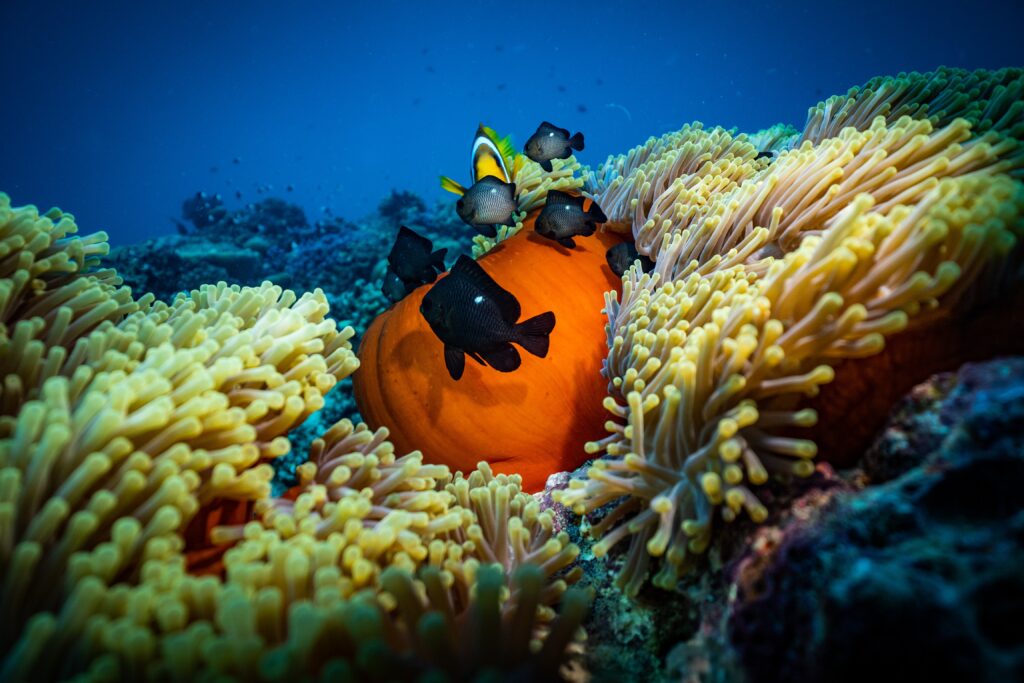
Ecosystems thrive on this diversity, as different species interact in complex ways, creating a delicate balance that sustains life.
The variety of plants, animals, and microorganisms contributes to the resilience and adaptability of ecosystems, allowing them to withstand environmental changes.
The Ecological Symphony: Importance of Biodiversity
- Ecosystem Health: Biodiversity acts as a barometer of ecosystem health. Diverse ecosystems are more robust and resilient, capable of recovering from disturbances such as natural disasters or climate changes.
- Nutrient Cycling: Each species in an ecosystem has a specific role in nutrient cycling. From decomposers breaking down organic matter to plants absorbing nutrients from the soil, biodiversity ensures the efficient flow of essential elements.
- Pollination and Seed Dispersal: Many plants rely on animals for pollination and seed dispersal. The diversity of pollinators and seed dispersers, including insects, birds, and mammals, directly contributes to the reproduction of plant species.
Consequences of Biodiversity Loss
The ongoing loss of biodiversity has far-reaching consequences, affecting ecosystems and human societies alike.
From the disruption of food chains to the potential loss of valuable medicinal resources, the impacts of biodiversity loss are alarming.
Biodiversity and Human Well-being
Beyond its ecological significance, biodiversity plays a crucial role in supporting human well-being.
Many of our resources, including food, medicine, and even climate regulation, are directly linked to the diversity of life on Earth.
Strategies for Biodiversity Conservation
Preserving biodiversity requires concerted efforts and effective strategies. Conservation initiatives, habitat protection, sustainable resource management.
And public awareness campaigns are crucial in mitigating the ongoing loss of biodiversity.

Biodiversity’s Impact on Climate Change
Biodiversity and climate change are interconnected. Diverse ecosystems contribute to carbon sequestration, helping mitigate the effects of climate change.
Understanding this relationship is essential for creating holistic conservation strategies.
The Importance of Biodiversity in Ecosystems cannot be overstated.
As stewards of this planet, it is our responsibility to recognize the value of biodiversity, understand its intricate connections, and actively contribute to its conservation.
Only through collective efforts can we ensure a sustainable and vibrant future for our ecosystems and, by extension, for humanity.
9 Comprehensive Roles of Biodiversity in Ecosystems
Biodiversity plays multiple crucial roles in ecosystems, contributing to their stability, resilience, and functionality. Here are some key roles of biodiversity in ecosystems:
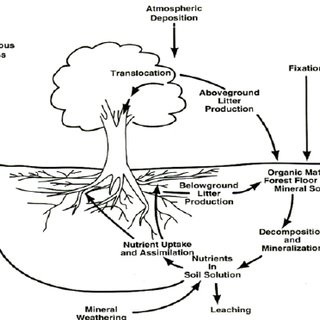
- Ecosystem Stability and Resilience:
- Biodiversity enhances the stability of ecosystems by providing a variety of species with different ecological roles. This diversity helps ecosystems resist and recover from disturbances, such as natural disasters, diseases, or human activities.
- Nutrient Cycling:
- Different species in ecosystems play specific roles in nutrient cycling. For example, decomposer organisms break down dead organic matter, returning nutrients to the soil. Plants then take up these nutrients, forming a cycle that sustains life in the ecosystem.
- Pollination and Reproduction:
- Biodiversity, particularly the diversity of pollinators (such as bees, butterflies, and birds), is essential for the reproduction of many plant species. These species facilitate the transfer of pollen, enabling the production of seeds and the regeneration of plant populations.
- Biological Control:
- Biodiversity contributes to natural pest control by maintaining a balance between predators and prey. Predatory species help control populations of herbivores, preventing them from overwhelming plant communities.
- Adaptation to Environmental Changes:
- Diverse ecosystems are better equipped to adapt to environmental changes. Some species may be more resilient to specific conditions, ensuring the overall health and continuity of the ecosystem in the face of challenges like climate change.
- Medicinal Resources:
- Many pharmaceuticals and medicinal compounds are derived from diverse plant and animal species. Biodiversity thus provides a valuable source of potential cures and treatments for various human diseases.
- Climate Regulation:
- Biodiversity plays a role in climate regulation through processes like carbon sequestration. Forests, for example, with their diverse plant life, are critical in absorbing and storing carbon dioxide, helping to mitigate climate change.
- Cultural and Aesthetic Value:
- Biodiversity contributes to the cultural identity of communities around the world. Additionally, diverse ecosystems provide aesthetic and recreational value, enriching human experiences and well-being.
- Economic Value:
- Many industries, such as agriculture, forestry, and fisheries, rely on biodiversity for their economic activities. Maintaining diverse ecosystems is crucial for sustainable resource use and long-term economic stability.
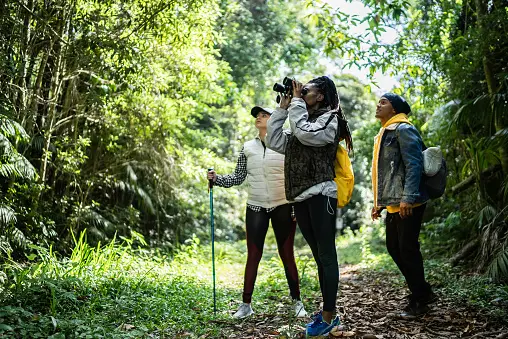
Biodiversity in ecosystems is not limited to a single role; instead, it encompasses a range of functions that are interconnected and essential for the overall health and functioning of our planet.
Unlocking Profitable Paths: Investment Opportunities in Biodiversity
As the world faces pressing environmental challenges, savvy investors are increasingly recognizing the potential for significant returns by aligning their portfolios with biodiversity-focused opportunities.
Investing in biodiversity not only promises financial gains but also contributes to sustainable practices and the well-being of our planet.
Here’s a comprehensive overview of the diverse investment opportunities emerging in the field of biodiversity.
1. Eco-Tourism Ventures:
Investing in eco-tourism presents a unique opportunity to generate profits while promoting biodiversity conservation.
Wildlife sanctuaries, sustainable resorts, and adventure tourism in biodiverse regions can attract environmentally conscious travelers.
Providing both economic growth for local communities and incentives for conservation efforts.

2. Biodiversity Offsetting:
Companies are increasingly recognizing the importance of biodiversity offsetting to compensate for their ecological footprint.
Investing in businesses specializing in biodiversity offset projects, such as habitat restoration and conservation initiatives, can yield returns while contributing to environmental stewardship.
3. Green Infrastructure Projects:
Investments in green infrastructure, including sustainable agriculture, reforestation, and wetland restoration, offer attractive returns.
These projects not only contribute to biodiversity conservation but also address climate change concerns, making them appealing to socially responsible investors.
4. Biodiversity-Focused Technology:
Technological innovations play a crucial role in biodiversity conservation.
Investing in companies developing solutions such as satellite monitoring, data analytics for ecosystem health assessment.
And biotech for species conservation can yield substantial returns while contributing to environmental sustainability.
5. Conservation Finance:
The emerging field of conservation finance involves investing in projects that balance financial returns with positive environmental impacts.
This can include investing in sustainable forestry, fisheries management, and projects that promote sustainable land use.
6. Biodiversity-themed Funds:
Dedicated funds focused on biodiversity and environmental sustainability are gaining popularity.
Investors can choose from a range of mutual funds, exchange-traded funds (ETFs), and impact investment funds that specifically target companies contributing to biodiversity conservation and sustainable practices.
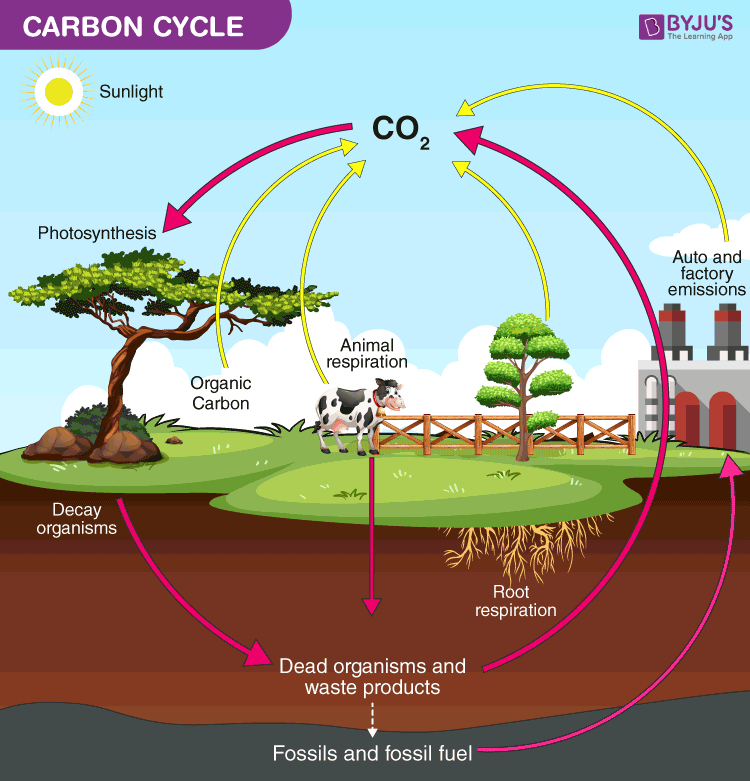
7. Carbon Credit Markets:
Investing in carbon credit markets can provide financial returns while supporting projects that mitigate climate change and protect biodiversity.
These projects often involve reforestation, afforestation, and sustainable land management practices that sequester carbon and preserve ecosystems.
8. Natural Capital Investments:
Natural capital refers to the Earth’s natural resources and ecosystems.
Investing in projects that enhance and protect natural capital, such as sustainable water management, can yield profits while safeguarding essential ecological services.
9. Green Bonds:
Governments and corporations issue green bonds to fund environmentally friendly projects, including those focused on biodiversity conservation.
Investing in green bonds can offer stable returns while supporting initiatives that promote ecosystem health.
10. Eco-friendly Agriculture Initiatives:
Investing in sustainable and regenerative agriculture practices helps conserve biodiversity while meeting the growing global demand for food.
Companies focused on agroecology, organic farming, and precision agriculture present promising investment opportunities.
Biodiversity-focused investments not only provide attractive financial returns but also contribute to the preservation of our planet’s natural heritage.
As the world embraces sustainability, these investment opportunities align with a growing demand for ethical and environmentally responsible financial strategies.
Investing in biodiversity is not just about making money; it’s about securing a sustainable future for generations to come.
5 Prominent Organizations that Play a Significant Role in Investing in Biodiversity
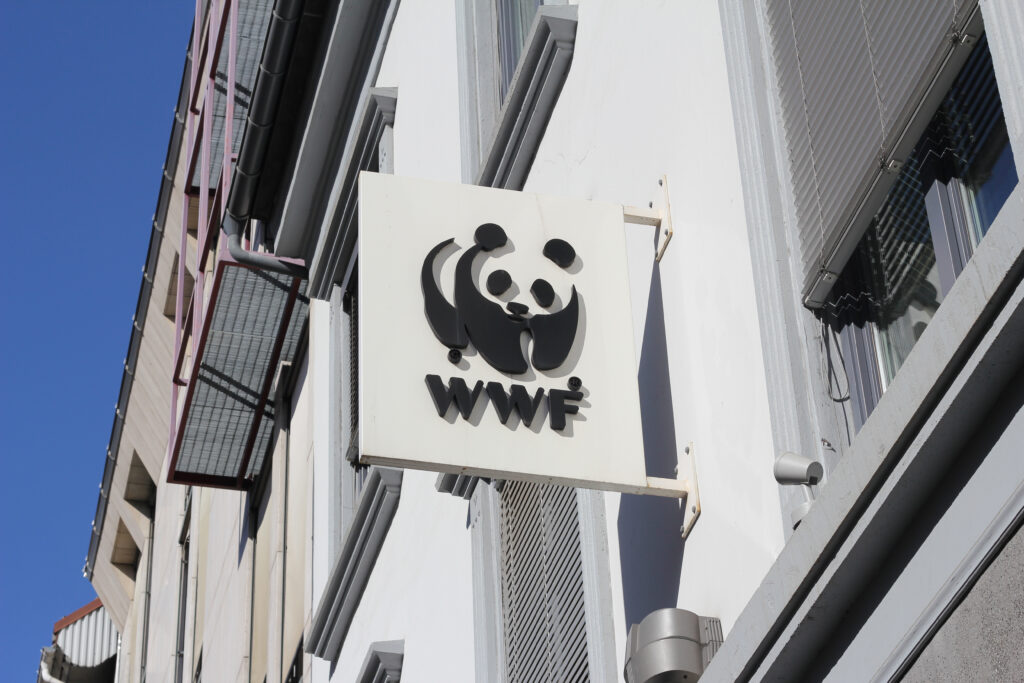
As biodiversity conservation becomes a global priority, several major organizations are actively investing in initiatives aimed at preserving and restoring ecosystems.
Here are five prominent organizations that play a significant role in investing in biodiversity:
1. World Wildlife Fund (WWF):
The World Wildlife Fund is one of the world’s leading conservation organizations. WWF invests in a wide range of biodiversity projects, including habitat restoration, species conservation, and sustainable development.
The organization collaborates with governments, businesses, and local communities to implement impactful initiatives across the globe.
2. The Nature Conservancy:
The Nature Conservancy is a non-profit organization dedicated to conserving lands and waters for the benefit of nature and humanity.
With a focus on science-based solutions, the organization invests in projects related to land and water conservation, sustainable agriculture, and the protection of critical habitats.
They work globally to address pressing biodiversity and climate challenges.
3. United Nations Development Programme (UNDP):
The UNDP plays a crucial role in supporting biodiversity conservation through various projects and initiatives.
The organization invests in programs that promote sustainable development, biodiversity protection, and climate resilience.
It works in collaboration with governments and other stakeholders to implement projects that address the interconnected challenges of poverty, inequality, and environmental sustainability.
4. Global Environment Facility (GEF):
The Global Environment Facility is an international financial organization that provides funding for projects that address global environmental issues.
GEF supports initiatives related to biodiversity conservation, sustainable land management, and the protection of ecosystems.
It collaborates with governments, non-governmental organizations (NGOs), and the private sector to implement projects that have a positive impact on biodiversity.
5. Conservation International:
Conservation International is an environmental organization that focuses on protecting biodiversity hotspots around the world.
The organization invests in projects that promote sustainable development, biodiversity conservation, and the well-being of local communities.
Their initiatives often involve partnerships with governments, corporations, and local communities to create long-term solutions for biodiversity conservation.
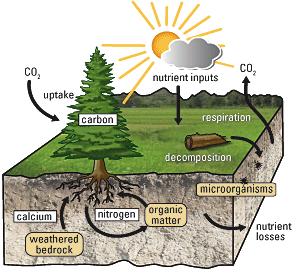
Bonus: Biodiversity Financing Initiatives (e.g., BIOFIN):
Several initiatives, such as the Biodiversity Finance Initiative (BIOFIN), work to mobilize funds and investments specifically for biodiversity conservation.
These initiatives often involve partnerships with governments and aim to develop sustainable financing mechanisms for biodiversity-related projects.
These organizations, among others, play a crucial role in channeling investments toward biodiversity conservation, ensuring that the protection of ecosystems and species remains a global priority.
Their work encompasses a diverse range of projects, from on-the-ground conservation efforts to policy advocacy and sustainable development initiatives.
Conclusion:
Embracing the Ecological Symphony for a Sustainable Future
In traversing the intricate realms of biodiversity, our exploration has uncovered the profound and vital role it plays in the grand tapestry of ecosystems.
As we conclude this journey, the overarching theme echoes loud and clear: biodiversity is not merely a feature of our planet;
It is the very essence that sustains life, knits ecosystems together, and propels the delicate dance of nature forward.
The nine comprehensive guides we’ve navigated through stand as pillars, each revealing a facet of the multifaceted jewel that is biodiversity.
Biodiversity emerges as the cornerstone of ecosystem health and resilience. The diverse array of species forms a robust shield against disturbances, forging ecosystems that withstand the tests of time and adversity.
As stewards of this planet, it is our collective responsibility to foster and protect this resilience.
The intricacies of nutrient cycling, a symphony conducted by a myriad of organisms, underscore the interconnectedness of life.
From decomposers to primary producers, each participant in this ecological orchestra contributes to the harmonious flow of nutrients, creating a rhythm that sustains the vibrancy of ecosystems.
In the dance of pollination, myriad species participate, from the delicate fluttering of butterflies to the industrious buzz of bees.
The enchanting ballet ensures the continuation of plant life, weaving together a story of interdependence that transcends species boundaries and embodies the essence of biodiversity.
As our guides have illuminated, the consequences of biodiversity loss reverberate far beyond the borders of individual ecosystems.
From disrupted food chains to the potential loss of invaluable medicinal resources, the price we pay for neglecting biodiversity is steep, reminding us of the urgency to act.
The symbiotic relationship between biodiversity and human well-being is undeniable. Our health, food security, and even the air we breathe are intricately linked to the diversity of life on Earth.
Recognizing this connection is not just a scientific imperative but a moral obligation towards ourselves and generations yet to come.
In crafting strategies for biodiversity conservation, our guides have highlighted the need for concerted efforts.
From protected habitats to sustainable resource management and public awareness, the arsenal against biodiversity loss is diverse, reflecting the very richness it seeks to preserve.
Biodiversity emerges as a silent warrior in the battle against climate change.
From carbon sequestration to ecosystem resilience, the links between biodiversity and climate stability underscore the urgency of addressing both crises in tandem.
To neglect one is to jeopardize the delicate equilibrium that sustains life.

In the realm of finance, a paradigm shift is evident.
The investment landscape is evolving, with opportunities that promise not only financial gains but also a legacy of environmental stewardship.
Eco-tourism, green infrastructure, and biodiversity-themed funds beckon investors to partake in ventures that secure both profits and the future of our planet.
The symphony of biodiversity finds conductors in organizations like the World Wildlife Fund, The Nature Conservancy, and the United Nations Development Programme.
Their investments, both financial and strategic, weave a narrative of global collaboration, echoing the urgency and significance of preserving our planet’s natural heritage.
In the grand finale of our exploration, the spotlight falls not only on the magnificence of biodiversity but also on the role each of us plays in this narrative.
As custodians of Earth’s riches, we hold the power to unlock the potential of biodiversity, to nurture and protect it for the sake of all life that calls this planet home.
The guides provided are not mere blueprints; they are calls to action, invitations to become active participants in the symphony of biodiversity.
It is our responsibility, our privilege, and our duty to ensure that this symphony resonates through the ages, a testament to our commitment to a sustainable and harmonious future.

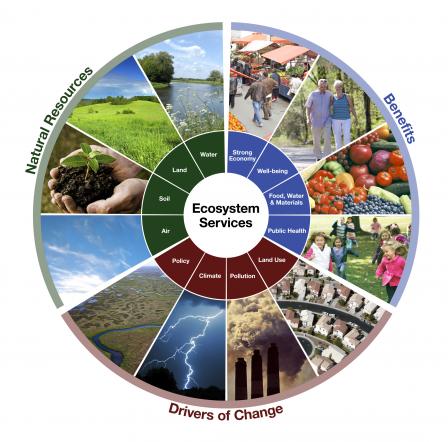



Leave a Reply